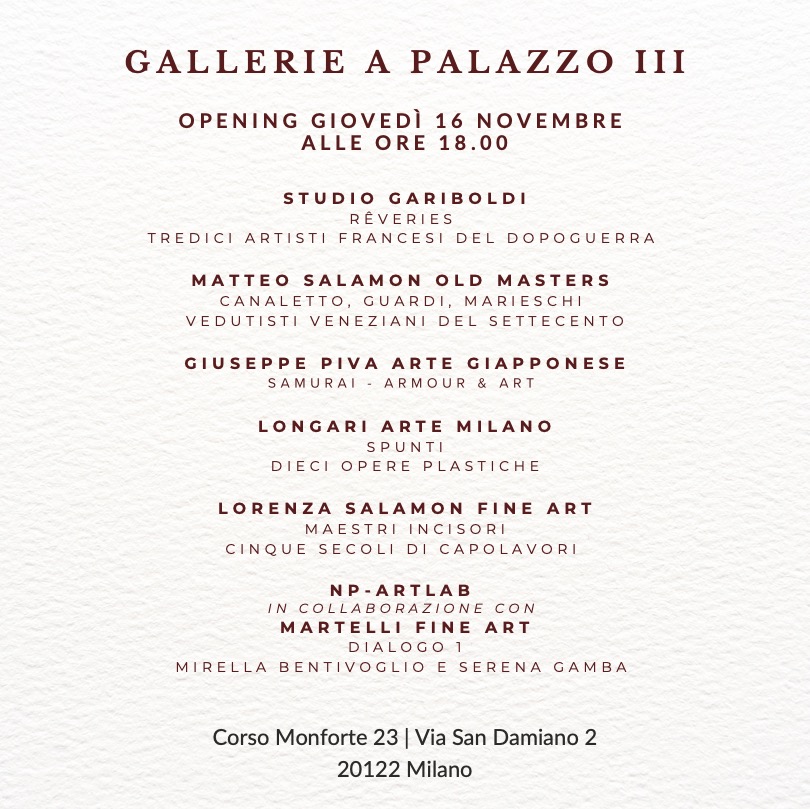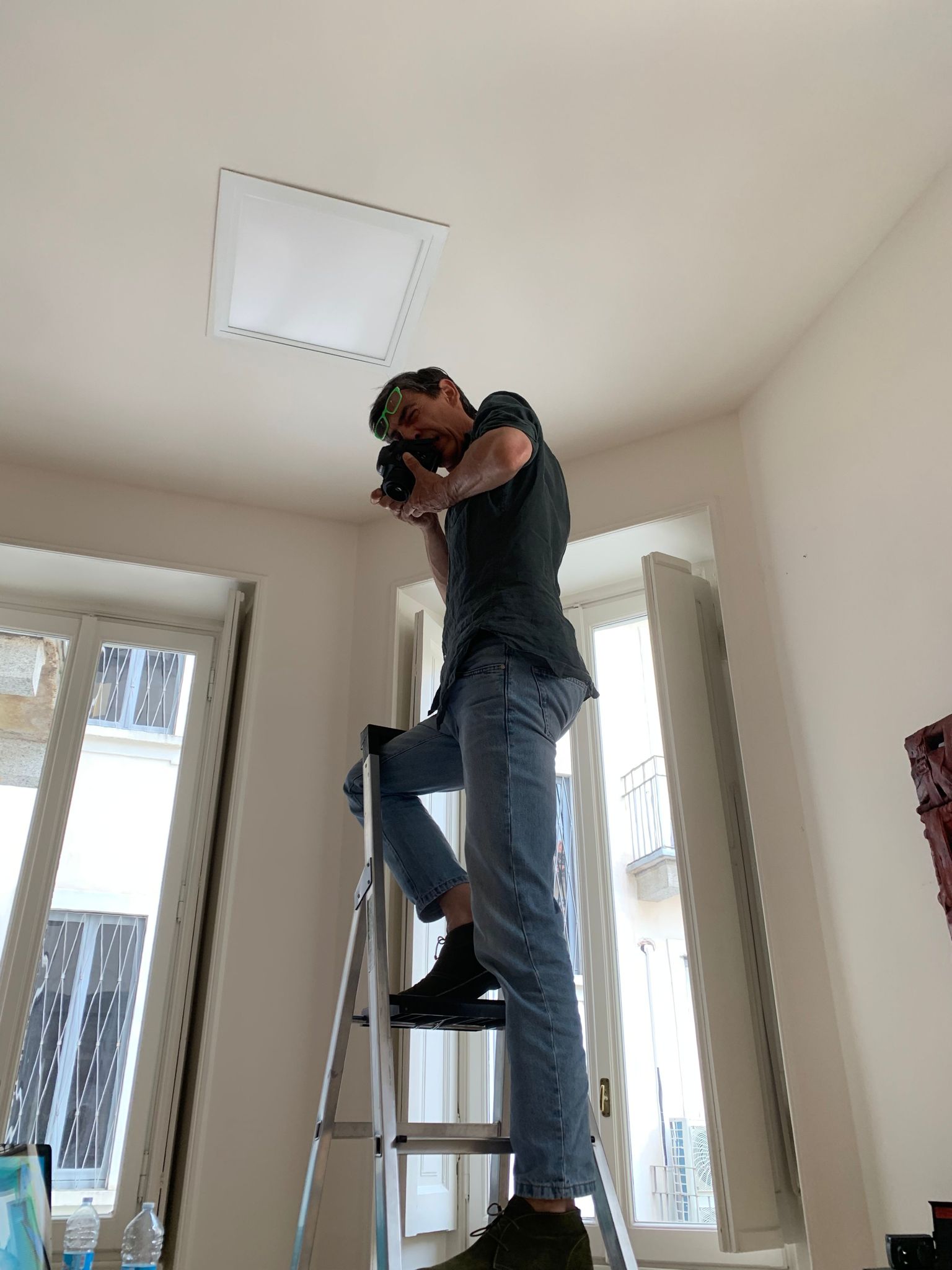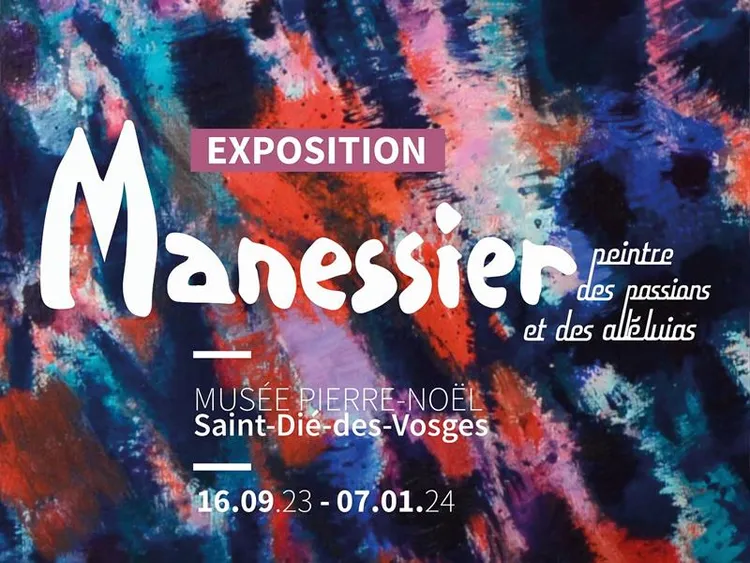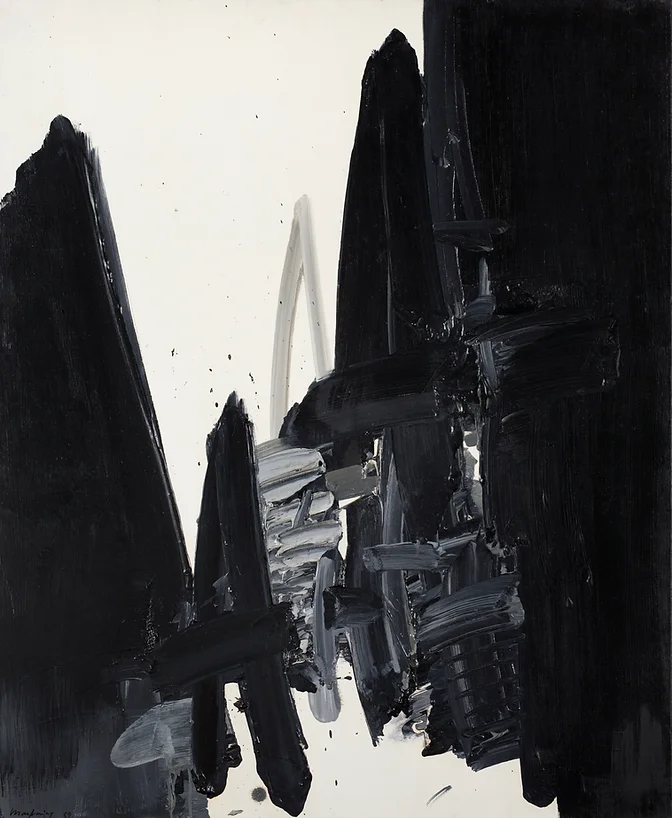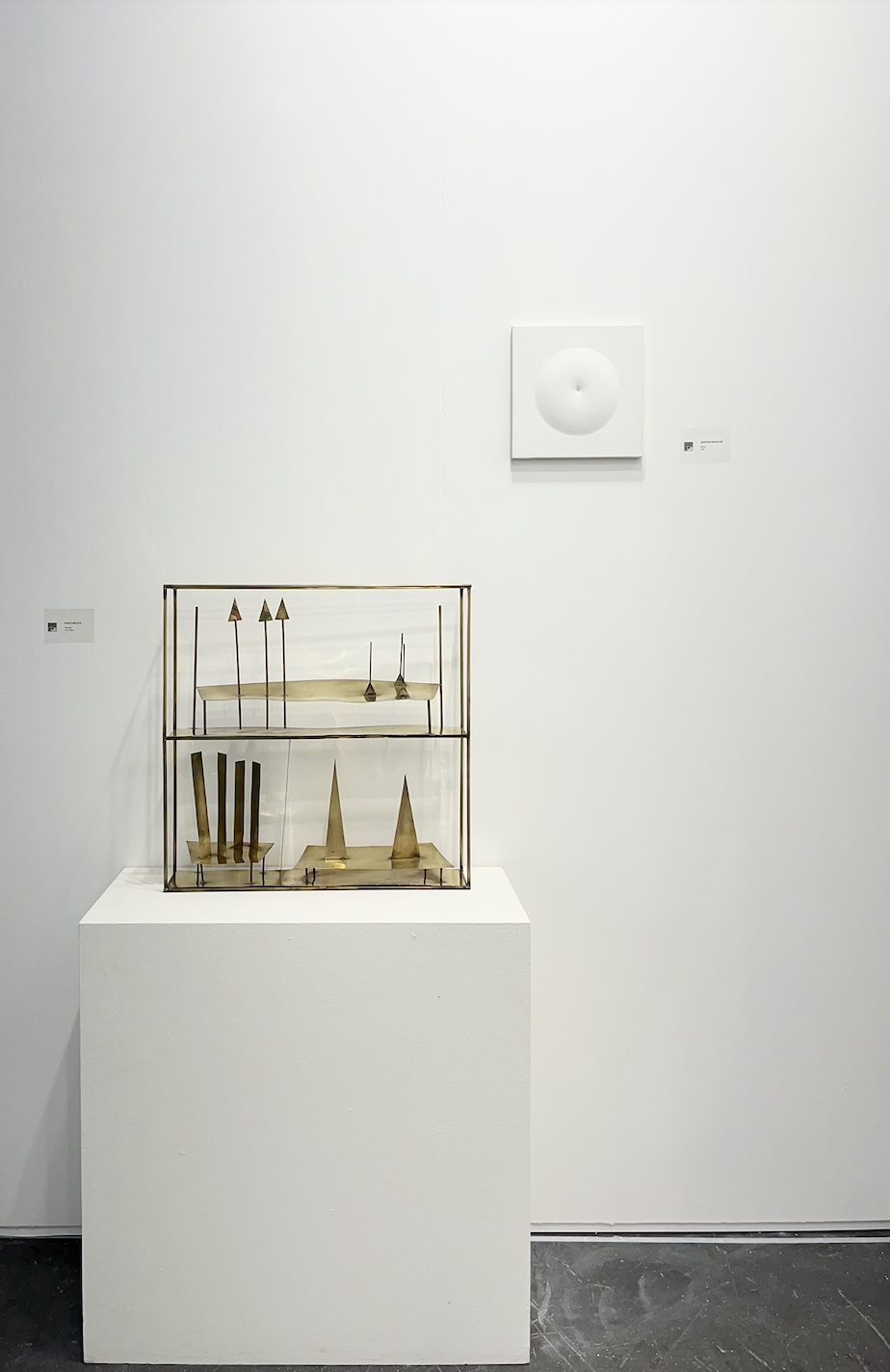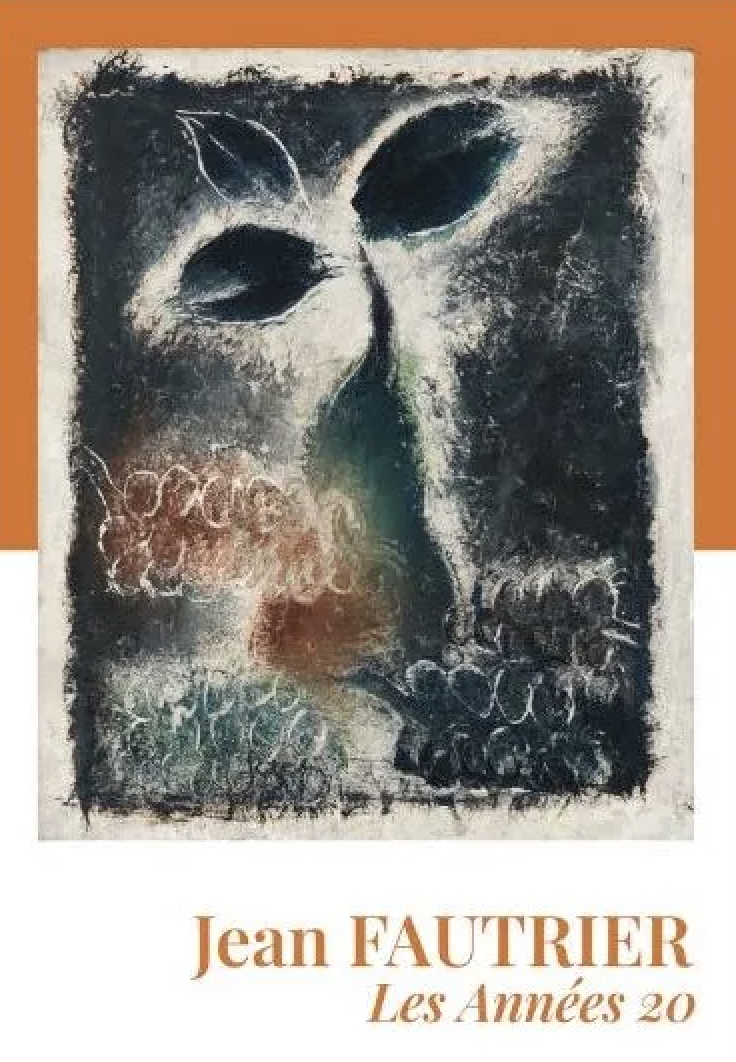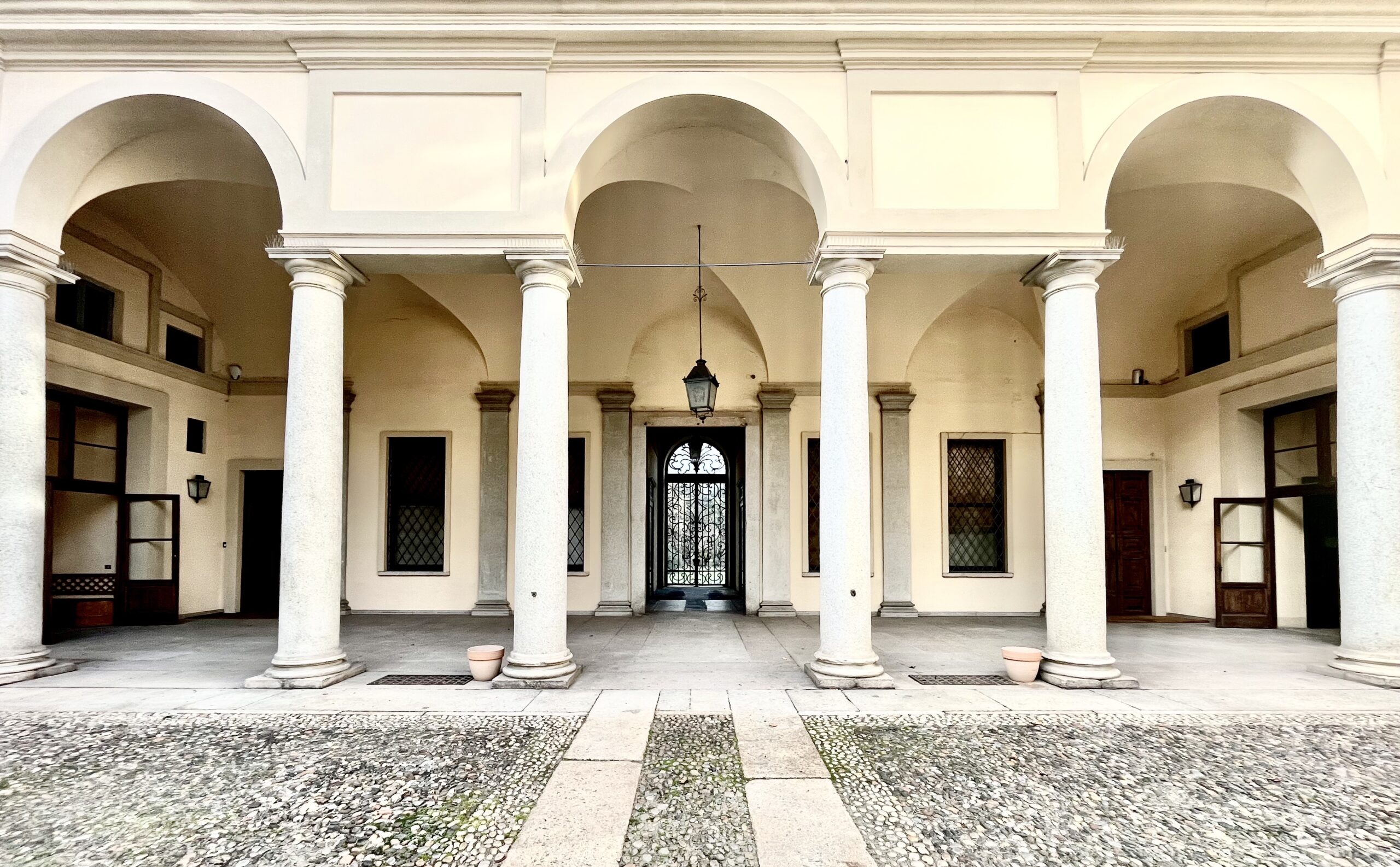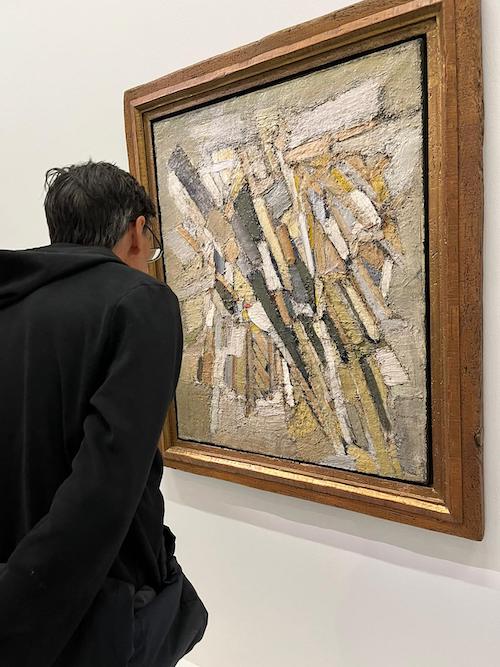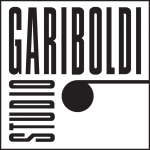NEWS
Vernissage
Gallerie a Palazzo III
XIV-XI-MMXXIII
RÊVERIES thirteen post-war French artists
The exhibition’s opening will take place within the Gallerie a Palazzo III event on November 16th at 6:00 pm, featuring the simultaneous opening of six galleries inside Palazzo Cicogna in Milan.
Opening on Thursday, November 16th, at 6:00 pm
cocktail & macarons
Photo Contest
Photographing an Exhibition
VIII-XI-MMXXIII
Today, November 8th, the “Photographing an Exhibition” contest has concluded. We have met talented and passionate young photographers. We will soon announce the final results of the contest to everyone.
Thanks to the students, the schools, and the teachers for their cooperation.
Exhibitions
Alfred Manessier in Saint-Die-des-Vosges
XXXI-X-MMXXIII
Manessier peintre des passions et des Alléluias
An exhibition of oil paintings and drawings from public and private collections, organized to celebrate the 30th anniversary of the death of the French painter Alfred Manessier.
The exhibition explores the balance between light and shadow, with works from the Manessier family, the Musée National d’Art Moderne and the Musée Boucher-de-Perthes in Abbeville.
until 07.01.2024 at the MUSÉE PIERRE NOEL (Saint-Die-des-Vosges)
Exhibitions
André Marfaing in Paris
XVIII-X-MMXXIII
On the occasion of the publication of the catalogue raisonné of André Marfaing‘s work, the galleries Claude Bernard and Berthet-Aittouarès present the artist’s solo exhibition highlighting the different stylistic periods of his creative production, from 1950 to 1985.
The exhibition at Galerie Berthet-Aittouarès (Paris) runs until 28 October 2023.
Fairs
ArtVerona 2023
XIII-X-MMXXIII
We are at ArtVerona 2023, Pavilion 11 – Booth B6.
From Friday 13 to Sunday 15 October 2023, from 11:00 a.m. to 7 p.m.
Entrance RE TEODORICO – viale dell’industria.
We look forward to seeing you at the fair!
Picture:
lhs Fausto Melotti, Tre Tempi, 1971
rhs Agostino Bonalumi, Bianco, 1966
Exhibitions
Jean Fautrier, the 1920s at the Galerie de la Présidence
VI-X-MMXXIII
The exhibition Jean FAUTRIER Les Années 20 presents oil paintings from the renowned Jeanne Castel and Paul Guillaume collections.
The exhibition chronicles the change in Fautrier‘s style from the figurative to the informal period.
Until October 31, 2023
Vernissage
Gallerie a Palazzo III
XXVI-IX-MMXXIII
After the success of the first two editions, we are happy to present the third Gallerie a Palazzo event.
On 16 November 2023 at 6 p.m., the six galleries based in Palazzo Cicogna will present an exclusive selection of artworks.
Studio Gariboldi offers to visitors a free guided tour through the galleries’ rooms.
Please register by e-mail: press@studiogariboldi.com
Exhibitions
Nicolas de Staël at Museum of Modern Art in Paris
XXVI-IX-MMXXIII
“All my life, I’ve needed to think about painting, see canvases, and paint in order to help me live, to free me from all impressions, feelings, and worries, from which I have found no other escape than painting.” -Nicolas de Staël
The Museum of Modern Art in Paris presents an important exhibition of the French post-war artist Nicolas de Staël. The exhibition brings together 200 works from private and public collections.
From 15 September 2023 to 21 January 2024.


